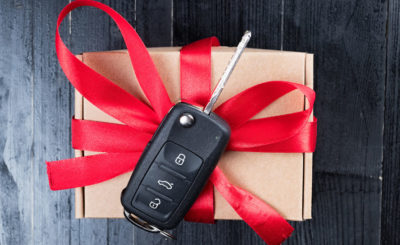Buying a second-hand car can be a cost-effective way to get a reliable vehicle, but it’s crucial to ensure you’re making a sound investment. Whether you’re looking at second hand cars in Melbourne or elsewhere, a thorough inspection can help you avoid potential pitfalls and ensure you get value for your money. Here’s a comprehensive checklist of items to review before purchasing a second-hand car.
1. Exterior Condition
Start with a detailed inspection of the car’s exterior. Look for signs of damage, rust, or uneven paint, which could indicate past accidents or poor maintenance. Check the body panels for dents, scratches, and mismatched paint, which might reveal repair work. Inspect the condition of the headlights and taillights, ensuring they are not cracked or fogged up.
2. Interior Condition
Examine the interior for wear and tear. Check the upholstery for any rips, stains, or excessive wear. Test all interior features, such as air conditioning, heating, and electronic controls, to ensure they are functioning correctly. Pay attention to the condition of the dashboard and controls, and listen for unusual noises from the engine or other components while running the vehicle.
3. Tyres
Inspect the tyres for tread depth and even wear. Uneven tyre wear can indicate alignment issues or suspension problems. Check for any cracks or bulges in the sidewalls, which can be a sign of damage or ageing. Ensure that the spare tyre and jack are present and in good condition.
4. Engine and Transmission
Open the bonnet and check the engine for any signs of leaks, corrosion, or worn belts and hoses. Look at the oil level and its condition; dirty or low oil can be a red flag. Test the transmission by shifting through all gears while the car is running, ensuring smooth transitions without slipping or unusual noises.
5. Suspension and Steering
Test the suspension by pushing down on each corner of the car. The vehicle should return to its normal position smoothly. During a test drive, pay attention to the steering response. The car should handle smoothly without pulling to one side or exhibiting excessive play in the steering wheel.
6. Brakes
Check the brake pads and discs for wear. During the test drive, listen for any squealing or grinding noises when applying the brakes. The brakes should feel firm and responsive, without any vibrations or pulling to one side.
7. Service History
Request the car’s service history to verify that it has been regularly maintained. A well-documented service history indicates that the car has been cared for and can give you insight into any potential issues. Look for records of major services and repairs, such as timing belt changes or transmission servicing.
8. Vehicle History Report
Obtain a vehicle history report to check for any previous accidents, outstanding finance, or other red flags. This report can also verify the car’s mileage and ownership history. Ensure the Vehicle Identification Number (VIN) on the car matches the one listed in the report.
9. Test Drive
A test drive is crucial for assessing the car’s overall condition. Pay attention to how the car drives, including acceleration, braking, and handling. Test the car on various road conditions to get a full understanding of its performance. Listen for any unusual noises and pay attention to any warning lights on the dashboard.
10. Professional Inspection
If you’re uncertain about any aspect of the car’s condition, consider having a professional mechanic inspect it before purchase. A thorough inspection by a qualified technician can uncover hidden issues and provide peace of mind.
Conclusion
Inspecting a second-hand car thoroughly is essential to ensure you’re making a wise purchase. By following this checklist and paying attention to key areas, you can avoid common pitfalls and make an informed decision. For those looking at second-hand cars in Melbourne, taking the time to conduct a comprehensive inspection will help you find a reliable vehicle that meets your needs and expectations.








